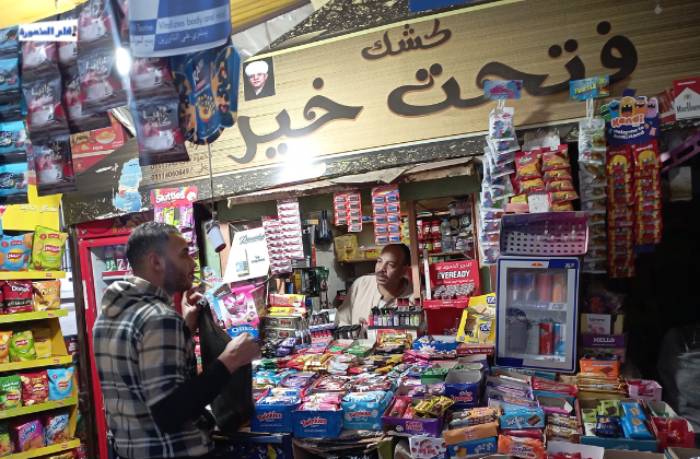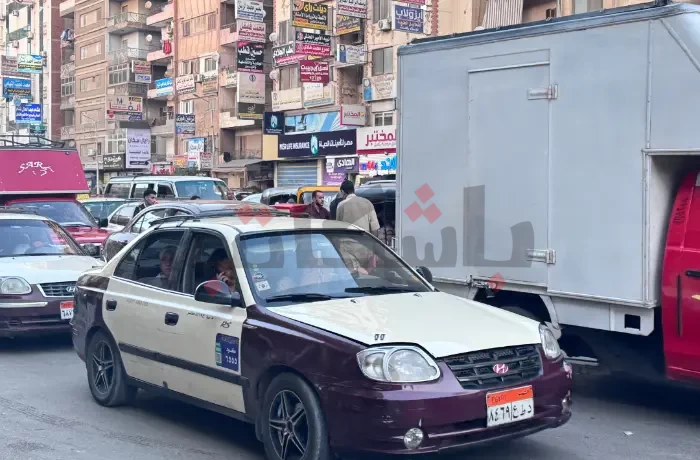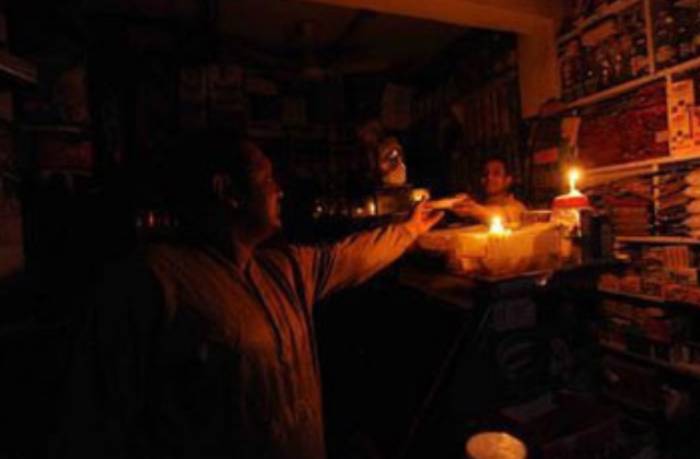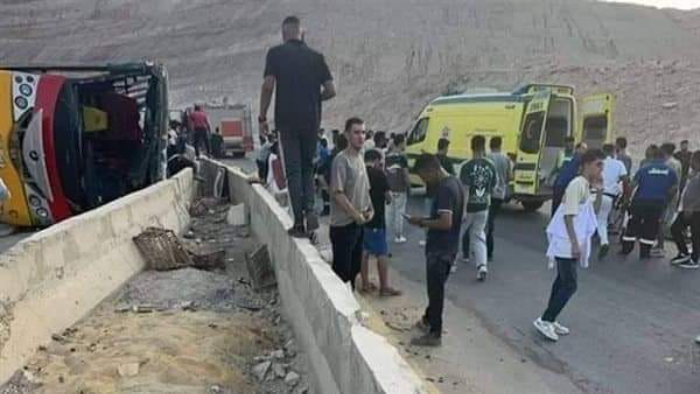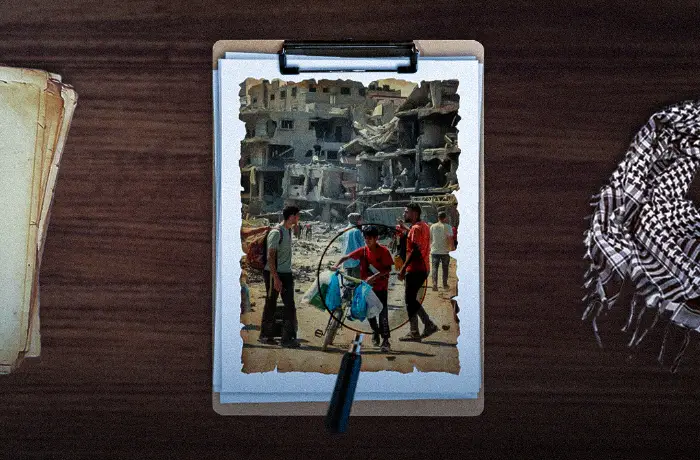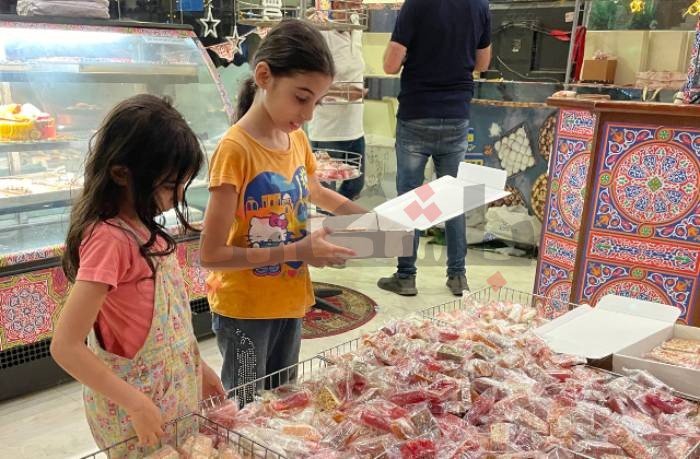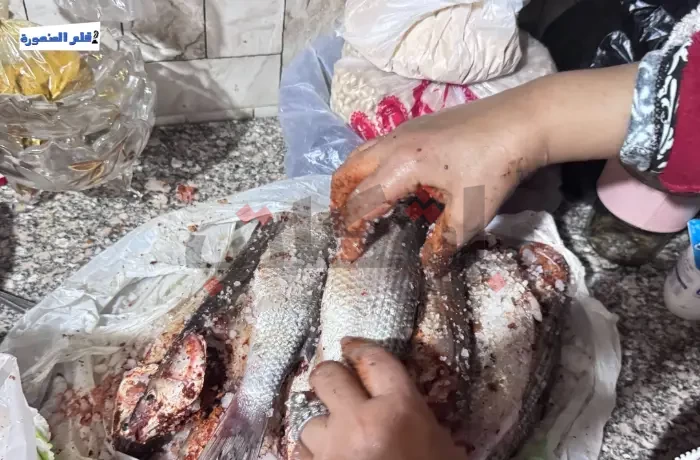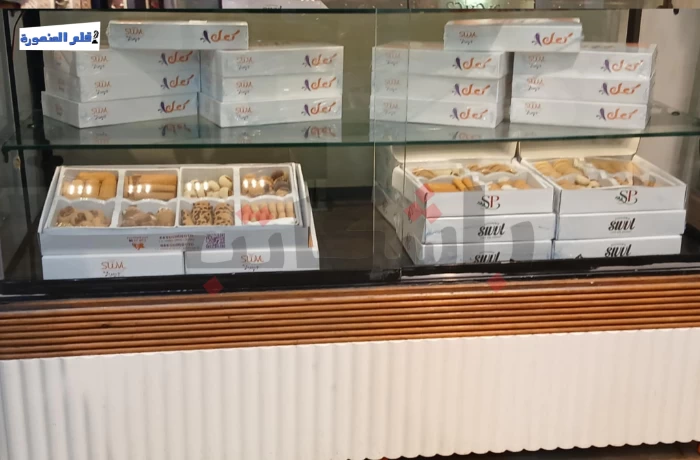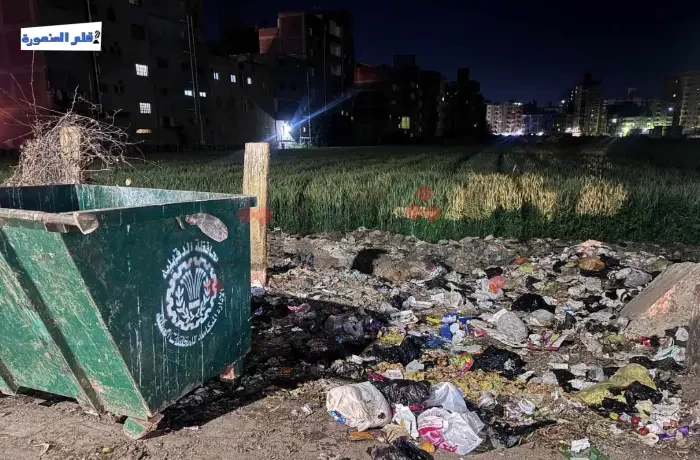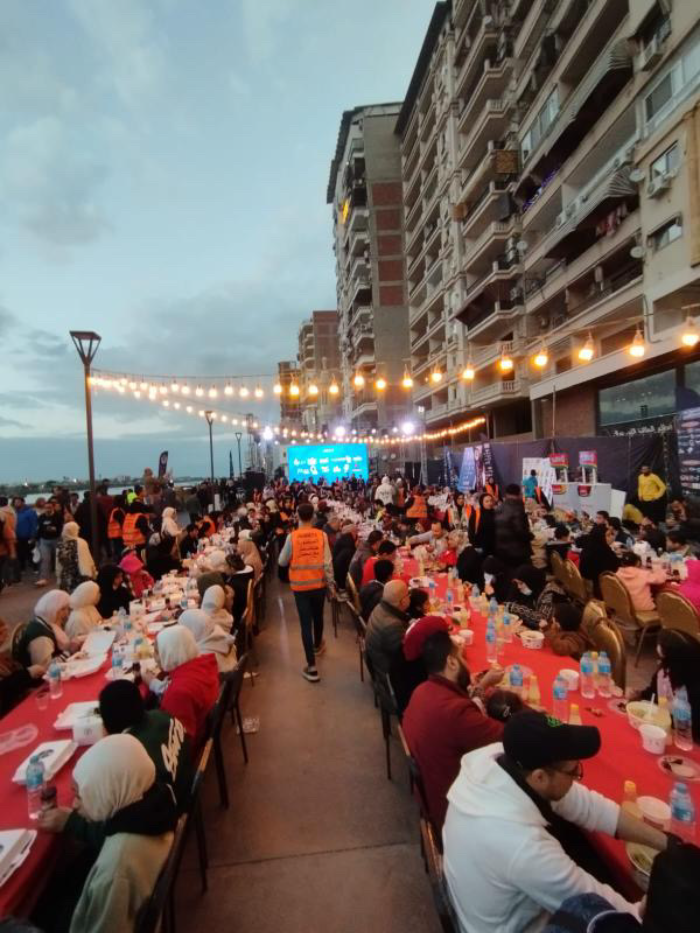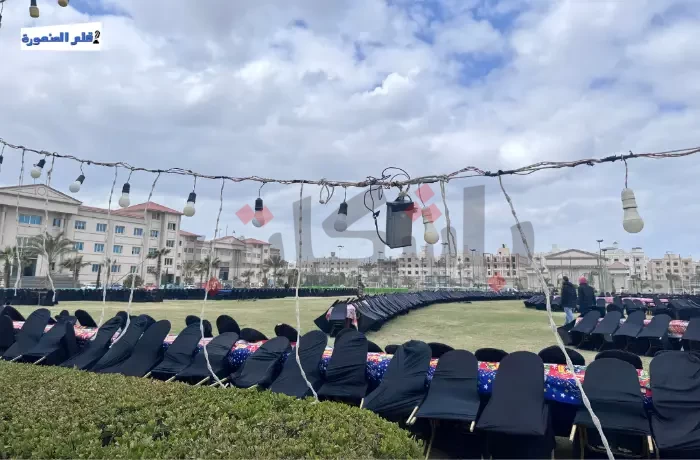A year after the Al-Aqsa Flood, 38-years-old Mohamed Mansour, currently residing in Mansoura, Egypt, reflects on the plight of those displaced within the Gaza Strip, emphasizing that despite their efforts to find refuge, “there is no safe place in Gaza now.”
Mansour fled Gaza in December 2023 with his Egyptian mother, the sole survivor of their large family who were martyred in the bombings, including his sister, brother-in-law, and his uncle’s family.
In Arish City, Egypt, Mansour and his mother received medical care before moving to Cairo. However, due to depleted financial savings, they could only stay briefly. They have since settled in Mansoura with his mother’s relatives.
Mansour expresses feeling “trapped,” haunted by the relentless sounds of airstrikes, sirens, and continuous shelling. He emphasizes that no place in Gaza has been spared from the bloodshed of martyrs, adding to his persistent anxiety the fear for his friends and neighbors who endure ongoing displacement in the south.
Since October 7th, 2023, the Israeli occupation forces have waged a campaign of extermination against the Palestinians, resulting in approximately 42,000 martyrs in the Gaza Strip and 744 in the West Bank, with around 100,000 injured. The United Nations estimates that 1.9 million Palestinians in Gaza, out of the population of 2.1 million, have been displaced at least once, with some experiencing displacement more than ten times.
The Palestinian Central Bureau of Statistics reports that half of the martyrs in the Gaza Strip are children, women, and the elderly. Over the past year of relentless bombings by the occupation, approximately 17,000 children, 12,000 women, and 2,500 elderly have been martyred.
Despite numerous statements and condemnations from human rights organizations and international bodies for a whole year, the Israeli killing machine persists unabated, with no effective deterrence in place.
Mansour’s remarks about the occupation’s intentional spread of instability and insecurity for Palestinians in the Gaza Strip, West Bank, and occupied territories are not novel. These tactics have been explicitly stated by the occupation’s leaders, supporters, and settlers, whose presence hinges on the destabilization of the “owners of the land” and the suppression of resistance.
Amaal Mohamed Al-Deeb, 49, highlights that when the bombings began, people sought refuge in public hospitals, mosques, and schools, believing them to be safe shelters. However, they were shocked to find that the occupation deliberately targeted these places as well, disregarding the families seeking shelter inside.
On October 29th, the occupation bombed Amaal’s house, forcing her family into days of displacement on the streets without shelter or food. Eventually, they managed to secure funds for her escape to Egypt, and she has been residing in Mansoura since then.
“Leaving my family behind was incredibly difficult. Some were martyred after I left, and others remain in tents in the south, forced to move frequently. Our lives are fraught with hardship; no Palestinian has been spared the sight of martyrs in the streets. These experiences are traumatic for us, especially for the children, who I believe all need psychological support,” Amal recounts.
Since arriving in Egypt, Amal has observed a tendency towards violence in her children’s behavior, along with their struggle to communicate with peers and lead normal lives. One child has even experienced urinary incontinence. She remarks, “I am currently seeking psychologists to learn how to properly support them.”
The Royal College of Psychologists reports that Palestinian children are particularly susceptible to post-traumatic stress disorder (PTSD), a mental illness triggered by traumatic events such as war, natural disasters, and psychological or physical violence. PTSD manifests through symptoms including recurring dreams and nightmares, painful and uncontrollable memories, with common expressions being anger attacks and unjustified aggressive behavior.
Estimates indicate that approximately 110,000 Palestinians and other nationalities have exited the Gaza Strip via the Rafah Crossing since October 7th. Many have settled in Egypt, while others have relocated to different countries.
Within Gaza, Palestinians are split between approximately 300,000 individuals remaining in the north and those displaced to the south, particularly in Palestinian Rafah. Throughout the year, the Israeli occupation has systematically ensured that no place remains safe.

